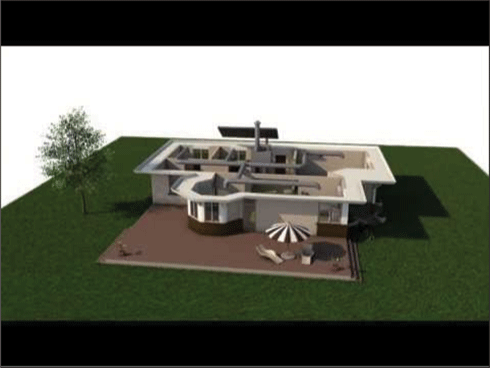
|
Published: 12 August 2013
Taking solar cooling into the home
CSIRO scientists are developing new technologies that use solar thermal energy to provide space cooling, or heating, for buildings, homes and offices, to help reduce greenhouse gas emissions from air conditioning.

|
|
CSIRO scientists are developing a solar thermal/desiccant solar cooling system for home use. Credit: CSIRO
|
Solar cooling uses concentrated solar thermal energy to power a thermally driven cooling process.
A solar cooling system consists of:
-
solar thermal collectors that capture the heat from the sun
-
an absorption cooling machine to convert heat to cooling. Depending on the application, this could be an absorption chiller, an adsorption chiller or a desiccant cooler.
A solar desiccant cooling system is being tested in real conditions at the Hunter TAFE campus in New South Wales. Currently, CSIRO engineers are developing a new desiccant solar cooling system for home use.
Heating and cooling buildings typically accounts for over half of a building’s energy needs. On Australia’s hottest days, peak electricity demand almost doubles due to increased use of air conditioners in offices, homes and factories.
By displacing fossil fuel derived electricity in the cooling cycle, solar cooling is likely to be an important component of future zero emissions buildings and may also play a role in reducing peak demand on the electricity grid.
Solar cooling technologies can also be applied to cold storage for food and other perishable goods.
CSIRO scientists are working with international collaborators to develop solar cooling technologies to assist in food refrigeration in rural villages in India.
CSIRO’s solar cooling research facilities include a controlled climate test facility and air conditioner prototype test lab to complement its scientific and engineering expertise in this area.
Source: CSIRO



